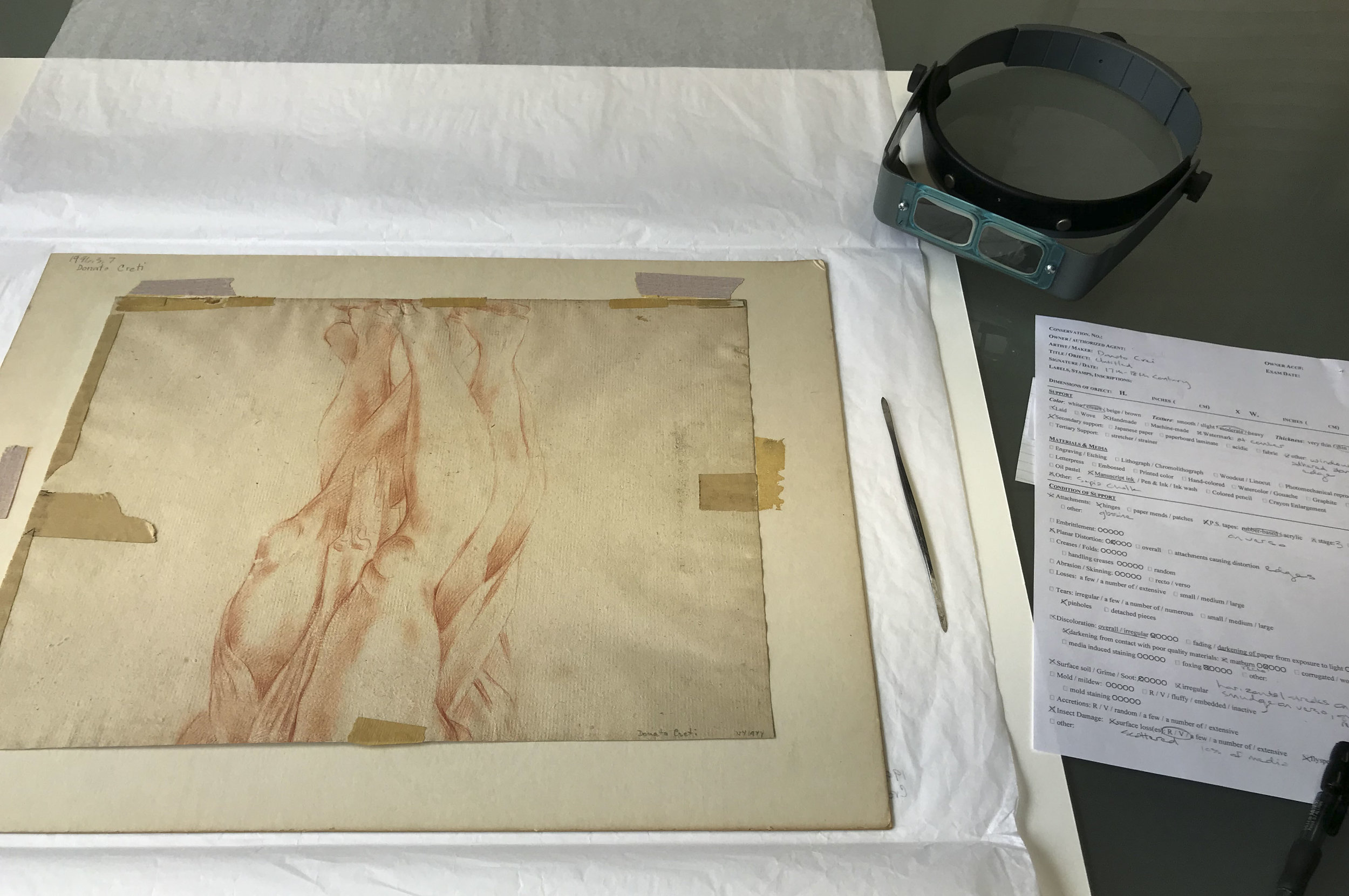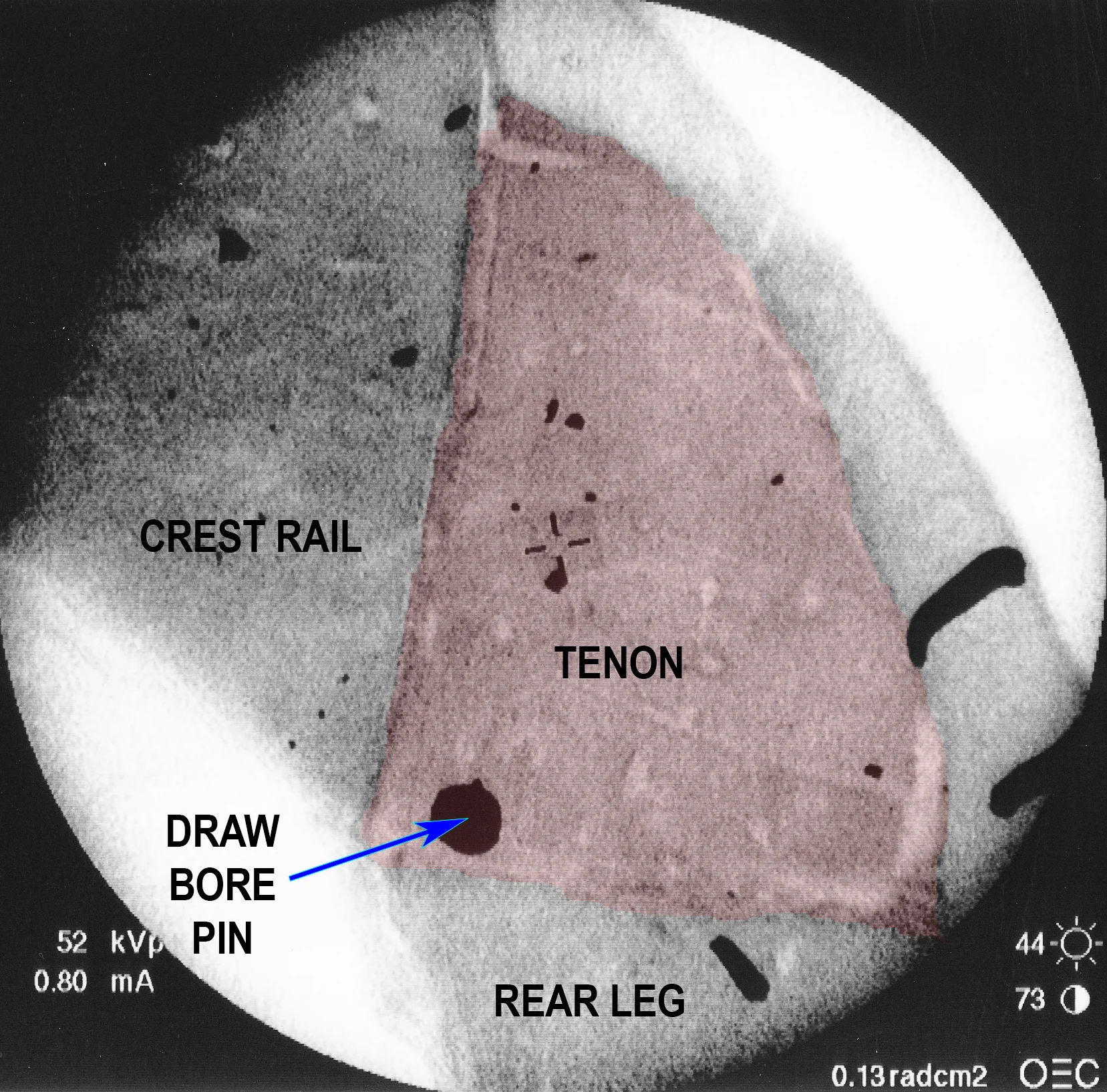Other Services
Consulting
Preservation Planning & Condition Surveys
HCS associates are available to conduct general assessment surveys, collection level surveys and item level surveys. We have completed a number of surveys over the years for both small and larger institutions. Many of these surveys have been funded by grants from the National Endowment for the Humanities (NEH), Save America’s Treasures, Institute of Museum and Library Services (IMLS), Henry Luce Foundation and the Mellon Foundation. As it takes time to properly prepare and review applications for grant funding, please contact us well in advance (preferably three months or more) of grant application funding deadlines to discuss your project.
Preparation of Condition Reports and Photodocumentation
We are available to examine and prepare condition reports for items in your collection. This process often will include capturing photographic documentation to accompany this report. The purpose of these reports may coincide with adding riders to insurance policies to ensure more valuable artworks are properly covered under the policy or when collection materials are put up for sale. We are also able to provide this service for objects you might be considering for purchase with permission from the current owner. We will also provide recommendations for treatment when applicable.
Collections Care - Recommendations & Training
HCS associates typically provide these services in conjunction with a survey. However, we are also available to provide recommendations for preservation protocols and training of staff and dedicated volunteers of institutions and private clients.
Exhibitions
HCS has provided assistance with the development of exhibitions for a variety of projects ranging from the survey of objects and preparation of treatment estimates to providing guidelines for light levels and recommendation of appropriate materials for display cases and framing housings.
Digitization
HCS, LLC is able to offer limited services for the digitization of artwork, historical documents and photographs. We are able to capture scans of flat works up to 11x17 inches and smaller. Larger items (up to 28x36 inches) are captured on a copystand using a Nikon D700. We can also work with you to have larger items scanned or have higher resolution scans created as well as facilitate digital reproductions of documents and photographs.
Identification & Analysis
X-ray of Chair Joinery
Samples from works on paper as well as all wooden objects and object coatings can be identified and or characterized with the appropriate identification/testing methods. Samples extracted by HCS, LLC are sent to specialists for analysis. X-ray technology has also proved useful when examination of joinery is needed. In one instance, x-rays of an 18th century chair aided in establishing its national origin as likely English rather than French.
Identification of primary and secondary woods for wooden artifacts, furniture, or frames
Wood specie identification can sometimes help establish the place of manufacture of a wooden object; however, many other factors are part of any attempt to attribute an object to a specific geographic region or country.
Finish History - Cross Section from an 18th Century Chair
Identification of coatings history of furniture or frames
This information can be used as an aid to determine the number of layers and composition of finish coatings on an object. Finish composition is an important aid for selecting the most appropriate cleaning protocols. Characterization of coatings can aid in establishing the objects age.
Paper Fiber Identification
Analysis of paper fibers can aid in the process of authentication and is best used to support research provided by a licensed appraiser. Fiber identification is very useful for placing a timeframe on the manufacture of the paper. Linen fiber was used extensively for manufacturing paper in the 17th and 18th century, but it does not rule out the paper having been created in the 20th century. Cotton fibers can be found in paper after the industrial revolution. Wood pulp did not come into common use in the manufacture of paper until the second half of the 19th century, thus if wood pulp fibers were found in the object, the assumption can be made that the paper was produced sometime after that date.





